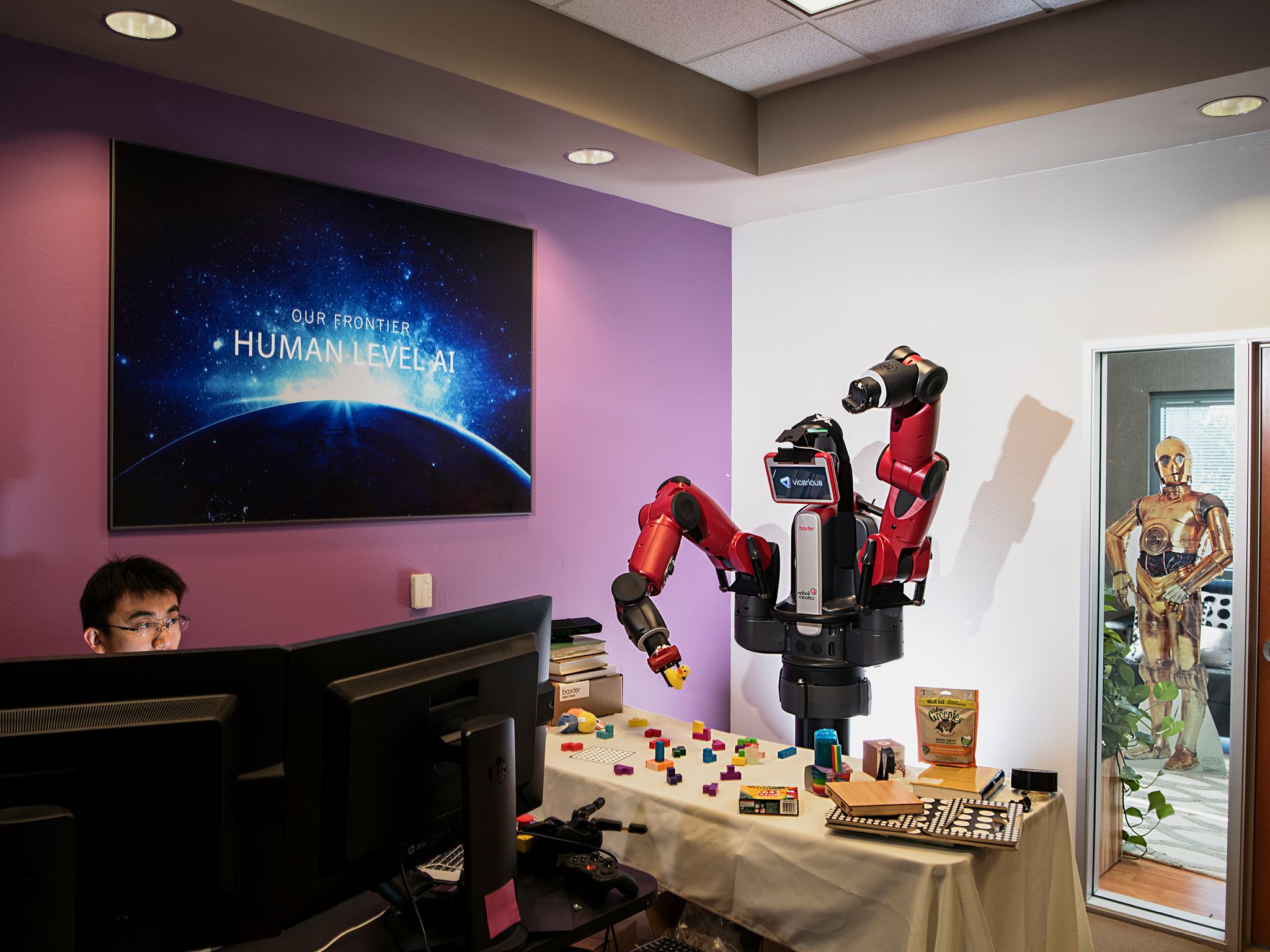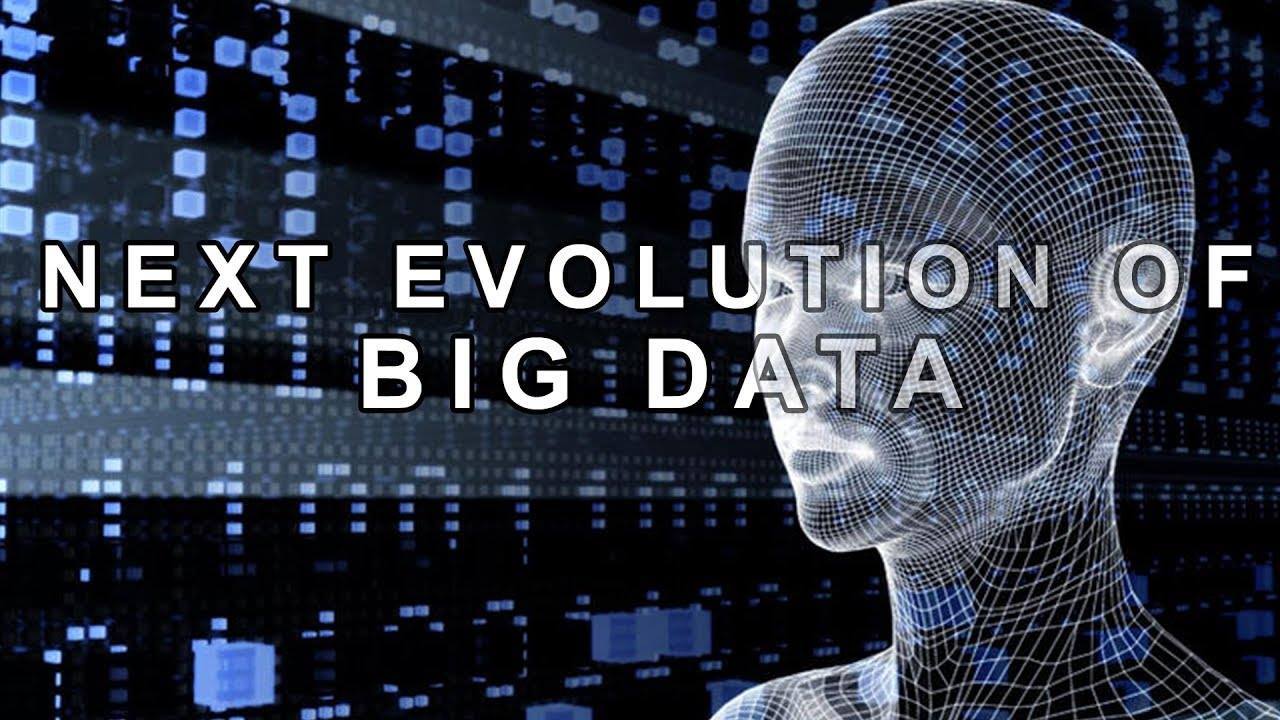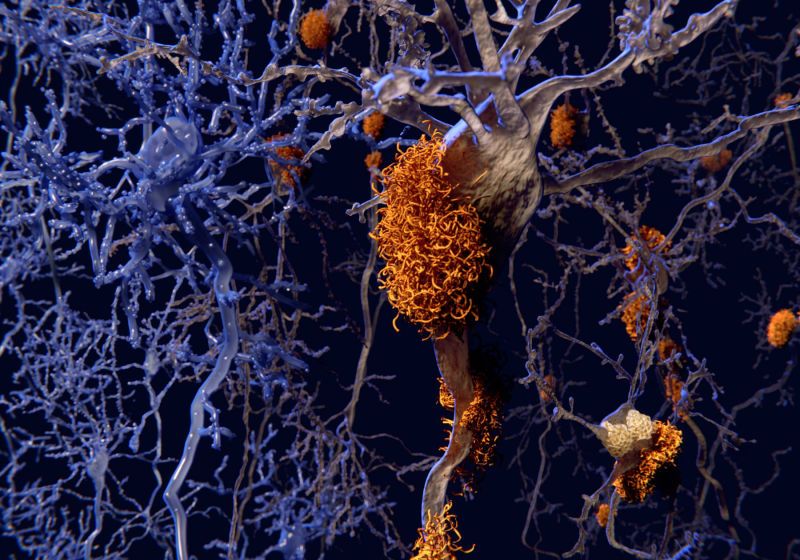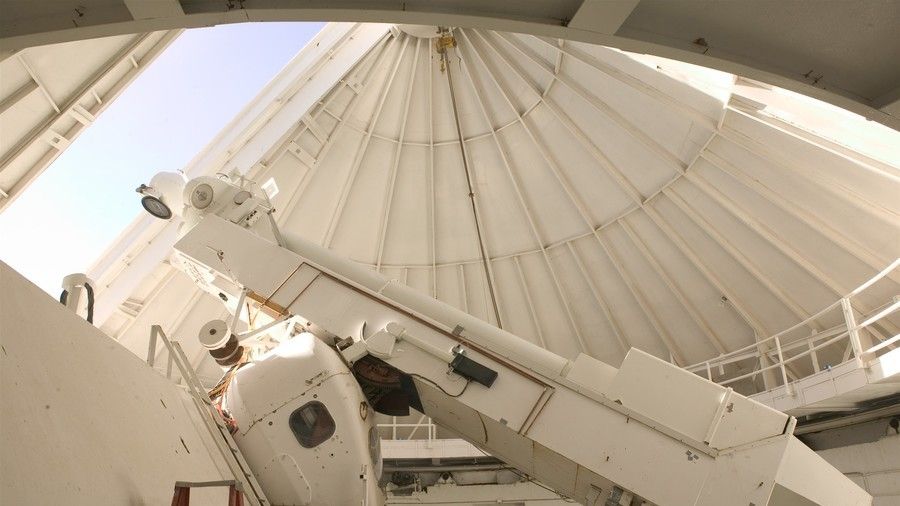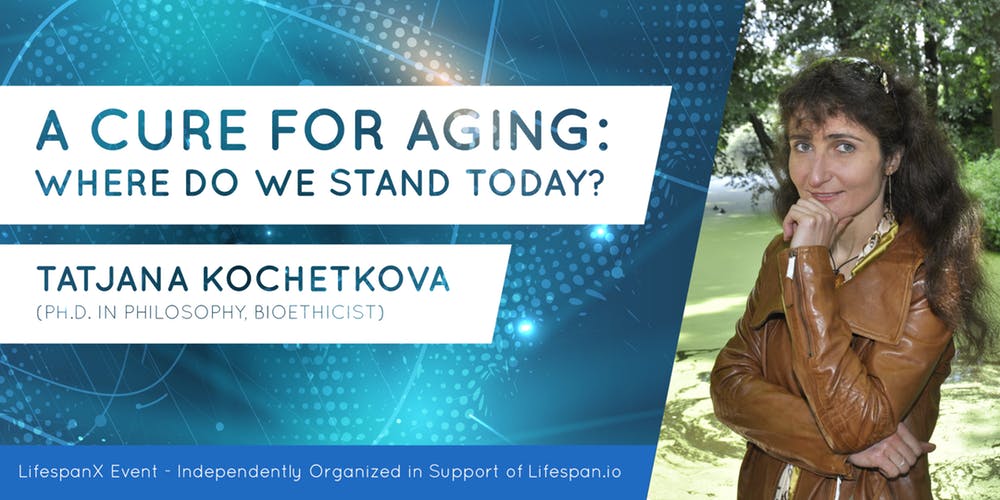Only a lucky handful of artists and a Japanese billionaire will take a trip on a rocketship to the moon with SpaceX. But the moonshot won’t just be televised; you’ll get to experience it from Earth in virtual reality.
That’s the message from SpaceX CEO Elon Musk on the upcoming private moon flight of entrepreneur Yusaku Maezawa, which Musk unveiled to the world Monday (Sept. 17). Maezawa will launch on a trip around the moon on SpaceX’s new Big Falcon Rocket (BFR), and he plans to take between six and eight artists along for the ride. The flight, called the Lunar BFR Mission, could launch as early as 2023, and we’ll all be able to watch it live and in VR, Musk said.
“Moon mission will be livestreamed in high def VR,” Musk announced on Twitter Tuesday (Sept. 18), “so it’ll feel like you’re there in real-time minus a few seconds for speed of light.” That speed-of-light reference is apparently a nod to the ever-so-slight time lag for a signal to cross the 238,000 miles (383,000 kilometers) between Earth and the moon. [How SpaceX’s Passenger Moon Flight Will Work].


